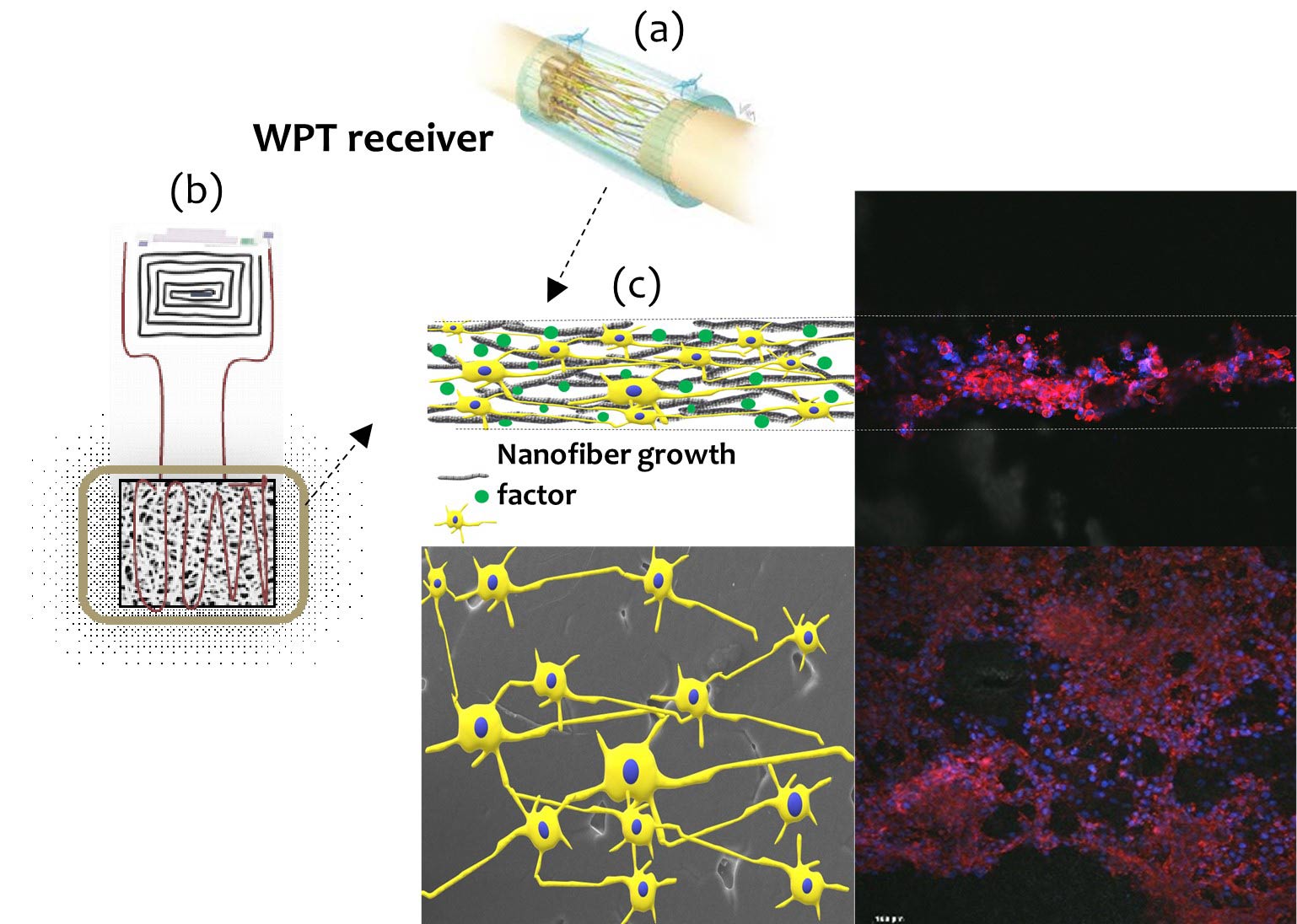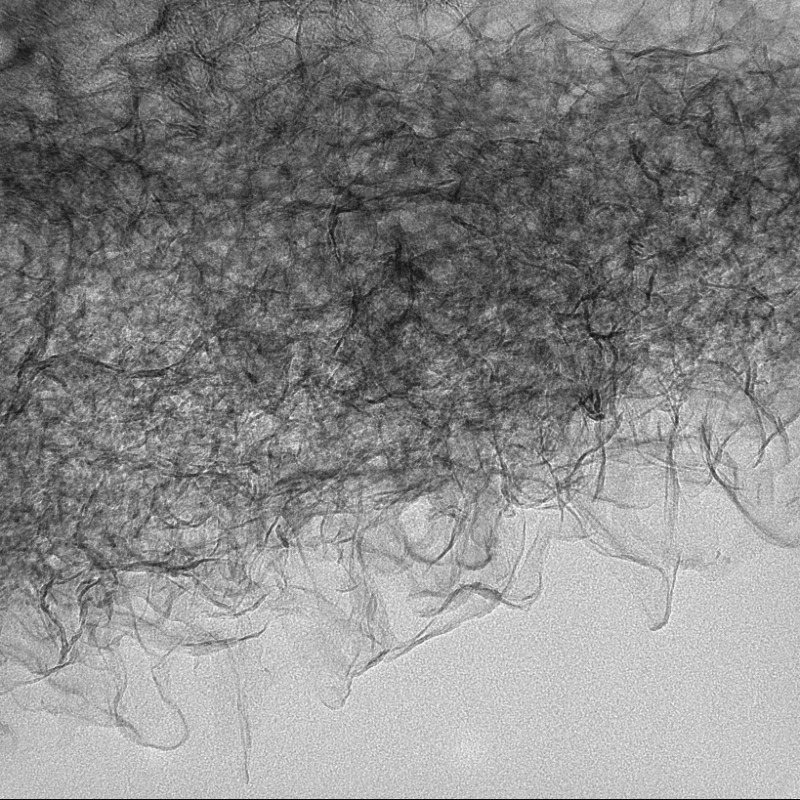Dr Shadi Houshyar - AFFILIATE
Peripheral nerve injuries are the most common types of injuries affecting the nervous system. In the US alone, 20 million people suffer from peripheral nerve injuries costing ~$150 billion annually. A potential issue with current nerve guides is that they do not transmit electrical nerve impulses between the distal and proximal ends of an injured nerve, i.e. a synapse. Conductivity is a desirable property for a nerve guide being considered for peripheral nerve regeneration. Unfortunately, most conductive polymers reported for the fabrication of tissue engineering scaffolds are non-biodegradable and possess weak mechanical properties, and thus cannot be fabricated into 3D structures. This study will design a new nanocomposite material for the fabrication of nerve conduits, facilitating the growth and migration of neurons towards the targeted end of an injured nerve. This support and navigation of the scaffold lead to better sensory and motor function, which are highly in demand.
The second phase of the project is innovatively integrating an electrically conductive scaffold with a tailored wireless power transfer (WPT) receiver. This project will realise a WPT-stimulated electroconductive permeable nerve conduit that promotes nerve growth factors and aligned nerve regeneration for the recovery of sensory functions. These outcomes are essential for improving the quality of life for numerous patients suffering from peripheral nerve injuries.
 Figure 1: (a) Illustration of nerve conduit, (b) illustration of proposed electroconductive nerve conduit with WPT, and (c) resulting patterns & images of nerve cell growth.
Figure 1: (a) Illustration of nerve conduit, (b) illustration of proposed electroconductive nerve conduit with WPT, and (c) resulting patterns & images of nerve cell growth.
This project is funded as part of Shadi Houshyar's RMIT Vice Chancellor's Research Fellowship.

Nanostructures
Functional strontium phosphate-coated magnesium alloys for orthopaedic use